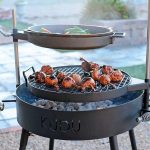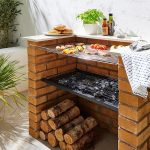Choosing the Right Ribs for Grilling
Selecting the perfect ribs is crucial for a successful BBQ. Firstly, identify the type of ribs. Baby back ribs, spare ribs, and St. Louis style ribs are popular choices. Each type has different textures and flavors. Baby back ribs are leaner and cook quicker. Spare ribs are larger and have more fat, which makes them more flavorful. St. Louis style is trimmed spare ribs, making them uniform and easier to grill.
Look for ribs with a healthy amount of meat on them and minimal fat. This ensures they won’t dry out during the grilling process. Also, check that the ribs have a consistent thickness. This helps in cooking them evenly. Ribs with too much surface fat should be avoided, as they can cause flare-ups on the grill.
Before purchasing, inspect the packaging. Ensure it’s intact with no punctures or tears. This maintains the freshness and quality of the ribs until you’re ready to cook. Always try to buy fresh ribs if possible. However, if you buy frozen, make sure they have been stored properly. For the best BBQ experience, consider getting ribs from a reputable butcher known for good quality meats.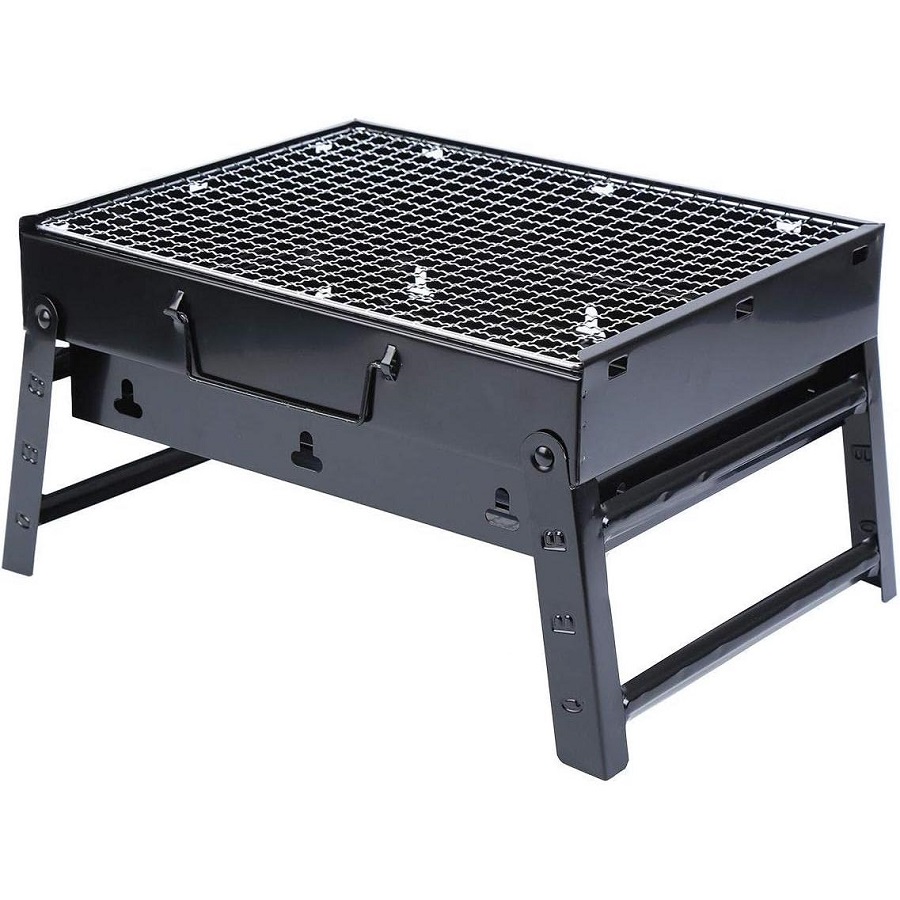
Preparing Your Ribs for the Grill
Before grilling, proper preparation of your ribs is essential. Start by removing the membrane. This tough layer on the bone side blocks flavor and moisture. Gently loosen a corner with a knife and use a paper towel for grip. This helps you pull it off in one piece.
Next, apply a dry rub to enhance the taste. A mix of spices like paprika, garlic powder, salt, and brown sugar works well. Coat both sides evenly. Let the ribs sit with the rub for at least half an hour. This allows the flavors to penetrate the meat.
Some prefer to marinate their ribs. If you choose to marinate, mix your preferred ingredients and coat the ribs thoroughly. Refrigerate them, covered, from four hours to overnight. This process adds depth to the flavor.
To ensure even cooking, bring your ribs to room temperature before they hit the grill. This takes about 30 minutes. It helps in cooking the ribs evenly throughout.
Proper preparation sets the stage for delicious results when you’re figuring out how long to bbq ribs on grill.
Understanding Different Grilling Techniques
When it comes to grilling ribs, the technique you use is as important as the prep work. Different methods can yield various flavors and textures. Let’s explore some common techniques and how they affect your BBQ experience.
Direct grilling involves placing the ribs directly over the heat source. This method cooks the ribs quickly, creating a crisp exterior. However, it requires careful monitoring to prevent burning. It’s great for those who prefer a bit of char on their ribs but not ideal for the ‘low and slow’ rib cooking philosophy.
Indirect grilling is more suited for ribs. Place the ribs away from the direct heat, cooking them slowly and evenly. This gentle technique allows the meat to become tender and retain moisture. Ideal for thicker cuts, indirect grilling is the key for those wondering how long to bbq ribs on grill to achieve perfection.
Smoking adds a deep, smoky flavor to ribs. It uses low heat and slow cooking times, often with wood chips to infuse different flavors. Smoking is a technique that requires patience but rewards with rich taste.
Regardless of the technique, you must manage the grill’s temperature. Too hot, and the ribs will cook on the outside but stay raw inside. Too cold, and they will dry out before fully cooking.
Grill masters often debate the best method for how long to bbq ribs on grill. Whichever technique you choose, remember, practice leads to perfect ribs, so don’t be afraid to experiment and find what works best for you.
The 3-2-1 Method for BBQ Ribs Explained
The 3-2-1 method is a popular technique for grilling ribs. It refers to the time the ribs spend on the grill during three stages of cooking. Here is how the 3-2-1 method breaks down:
- 3: Start by cooking your ribs for 3 hours, unwrapped, over indirect heat. This slow cooking process allows deep flavors to develop while the meat begins to tenderize.
- 2: Next, wrap the ribs in foil and return them to the grill for another 2 hours. The foil traps moisture, ensuring your ribs don’t dry out as they continue to cook.
- 1: For the final hour, remove the ribs from the foil and place them back on the grill. This last stage crisps the exterior and gives you the chance to apply sauces if you wish.
To achieve the best results with the 3-2-1 method, maintain a steady grill temperature around 225 to 250 degrees Fahrenheit. This low-and-slow approach is key to making your ribs fall-off-the-bone tender.
Remember, the 3-2-1 method is a guideline. You should always check the ribs as they cook. Adjusting the time slightly based on the type and size of your ribs might be necessary. Use this method to simplify your grilling process and aim for BBQ excellence every time.
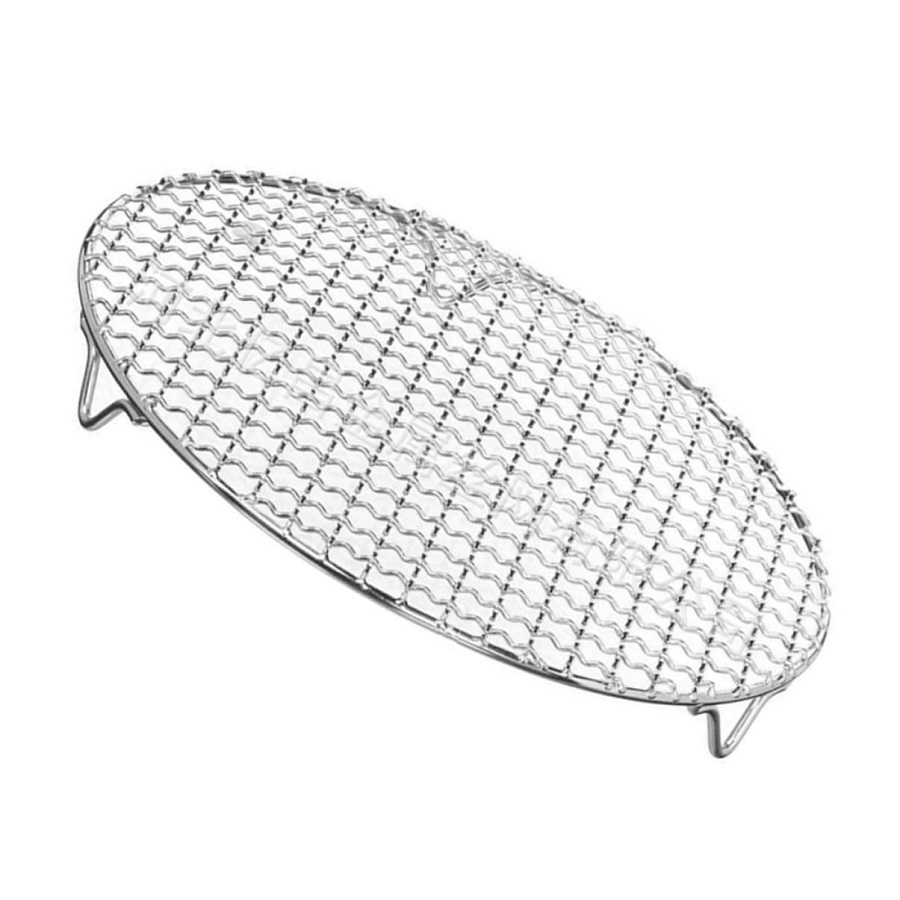 How to Determine Ribs are Done: The Bend Test and Other Tips
How to Determine Ribs are Done: The Bend Test and Other Tips
Knowing when your ribs are perfectly cooked is crucial for a successful BBQ. One reliable method is the Bend Test. To perform this test, use tongs to pick up the rib rack from one end. The ribs should bend easily and the meat should start to crack on the surface. This indicates that the ribs are tender and ready.
Another indicator is the meat pulling away from the bone edges about half an inch. This visual cue shows that the ribs have cooked properly.
You can also use a meat thermometer to check doneness. The ideal internal temperature for ribs is about 190 to 200 degrees Fahrenheit. At this temperature, the collagen and fats have properly melted, making the meat juicy and flavorful.
It’s important to let the ribs rest for a few minutes after taking them off the grill. This rest period allows the juices to redistribute, ensuring that every bite is moist and delicious.
By using these tips, you will know exactly how long to BBQ ribs on grill for the perfect finish every time.
Grilling Temperature and Time Guidelines for Perfect Ribs
The right grilling temperature and time are key for perfect ribs. Aim for a steady low heat. Maintain your grill between 225 to 250 degrees Fahrenheit. This is crucial for the ‘low and slow’ cooking method ribs need.
Start by cooking the ribs over indirect heat. It’s a slower process, but it ensures your ribs stay juicy and tender. Expect to grill baby back ribs for about 4 to 5 hours. For spare ribs, plan for a 5 to 6-hour grill time. St. Louis style ribs usually take around 5 to 6 hours as well. This varies based on the size and thickness of the ribs.
Check your ribs after the initial few hours. If you’re trying the 3-2-1 method, follow its three-stage process. Adjust times as needed for your specific grill and rib type. If they’re cooking faster than expected, lower the heat or pull them off early to avoid overcooking.
Remember, every grill is different, so keep an eye on the temperature gauge. Avoid lifting the lid too often as this can cause heat fluctuations. Use a thermometer to check, rather than guessing.
By controlling the temperature and respecting the cooking time, you’ll be on your way to serving up mouth-watering ribs. Remember to stay patient and vigilant throughout the process to ensure BBQ success.
Tips for Adding Sauce and Flavor to Your Ribs
Adding sauce and flavor to your ribs can make or break your BBQ. Follow these tips to enhance your ribs’ taste.
- Choose the Right Sauce: Pick a sauce that complements the flavor of your ribs. If you use a spice-heavy rub, a sweeter sauce may balance the flavors.
- Apply Sauce at the End: Apply your sauce during the last 20 to 30 minutes of grilling. This prevents burning and allows the sauce to caramelize on the surface.
- Layer Flavors: Don’t be afraid to brush on multiple layers of sauce. Each layer builds more depth. Wait a few minutes between applications.
- Make a Glaze: If you prefer a shiny finish, turn your sauce into a glaze. Simmer it on a stove until it thickens, then brush it over your ribs.
- Avoid Over-saucing: Too much sauce can overpower the meat’s natural flavor. Apply it sparingly, ensuring just the right touch of sweetness or tang.
- Consider a Dry Finish: Sometimes, skipping the sauce and finishing with a dry rub can be perfect. It adds texture and seals the flavor in.
Remember, the key to adding sauce is to enhance, not cover, the delicious taste of your BBQ ribs. Keep testing and find what works best for your palette.
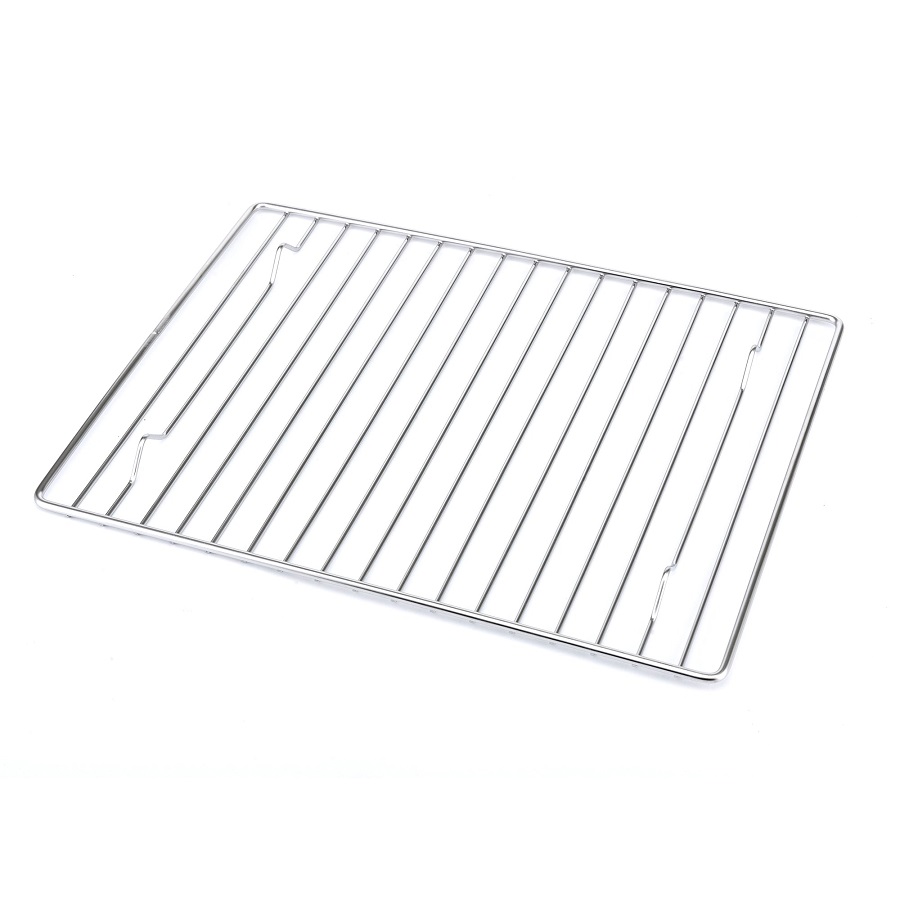 Common Mistakes to Avoid when Grilling Ribs
Common Mistakes to Avoid when Grilling Ribs
Grilling ribs to perfection involves more than just knowing how long to bbq ribs on grill; it’s also about avoiding common pitfalls. Here are some mistakes that can spoil your BBQ ribs, and how to steer clear of them.
- Not Preheating the Grill: Always preheat your grill properly. Skipping this step can lead to uneven cooking.
- Ignoring Temperature Control: Failing to maintain a steady, low heat will cook ribs unevenly or too quickly. Keep the temperature between 225 to 250 degrees Fahrenheit.
- Overlooking the Membrane: Some forget to remove the membrane on ribs. This leads to tough meat. Do remember to take it off.
- Applying Sauce Too Early: Adding BBQ sauce too soon can result in a burnt exterior. Apply it during the last 20 to 30 minutes of cooking.
- Cooking Only by Time: Ribs may need more or less time depending on many factors. Use the Bend Test and a meat thermometer to check if they’re done.
- Lifting the Lid Too Frequently: Checking the ribs too often can drop the temperature. Try to resist the urge to peek.
- Not Resting the Ribs: After grilling, let the ribs rest. This lets the juices redistribute for moist, flavorful meat.
By avoiding these mistakes, you’ll be closer to achieving BBQ ribs that are a cut above the rest. Keep these tips in mind, and happy grilling!

